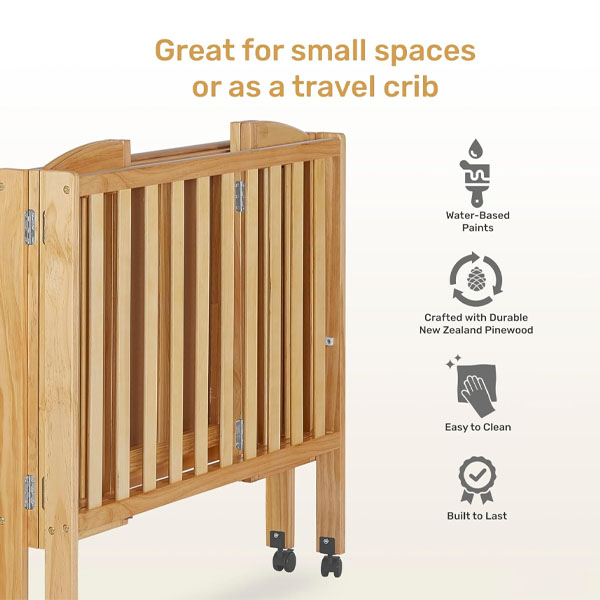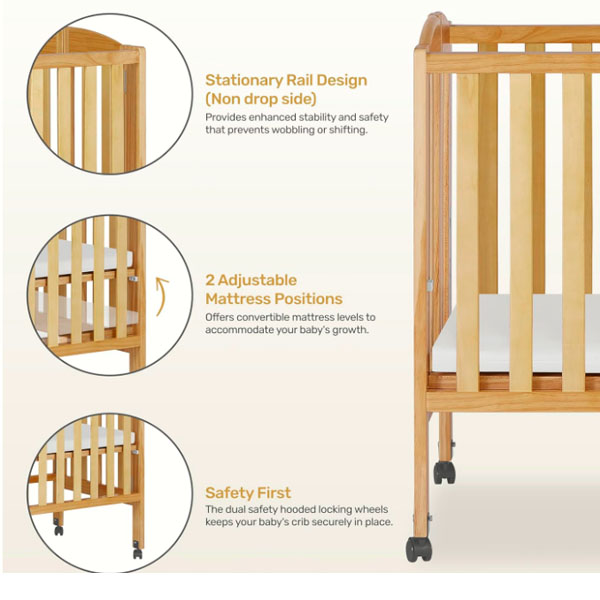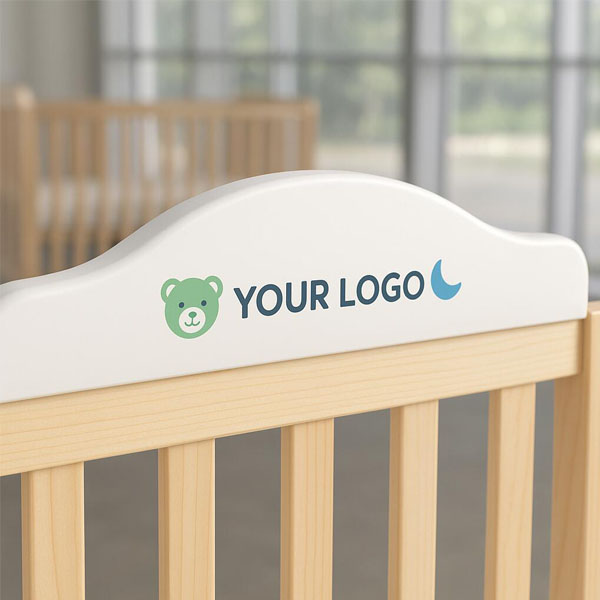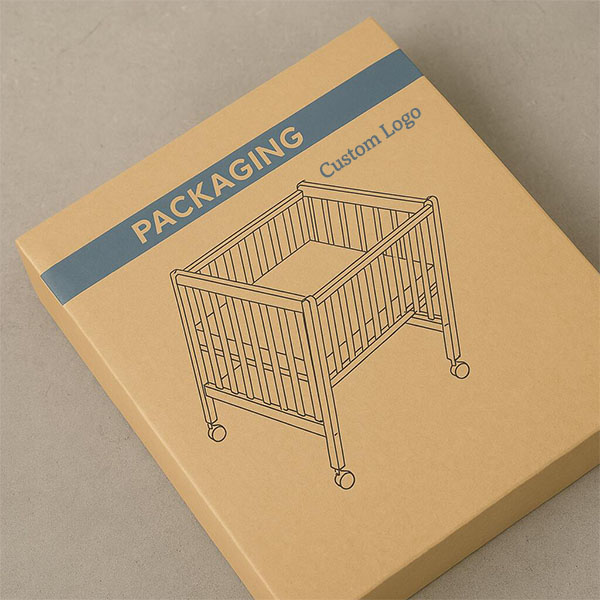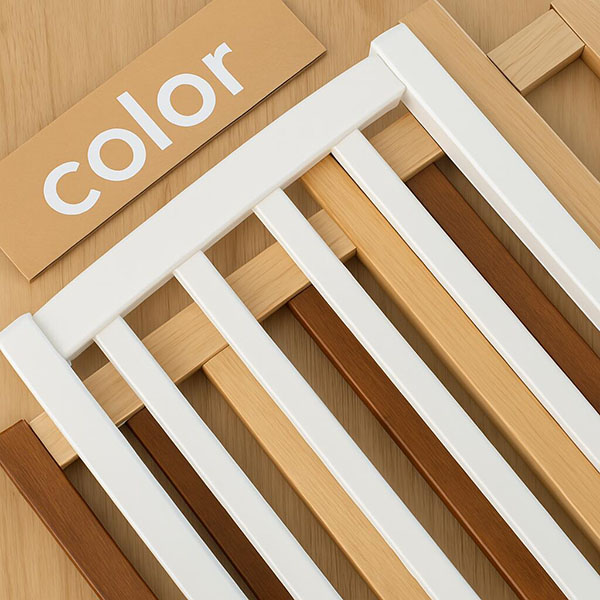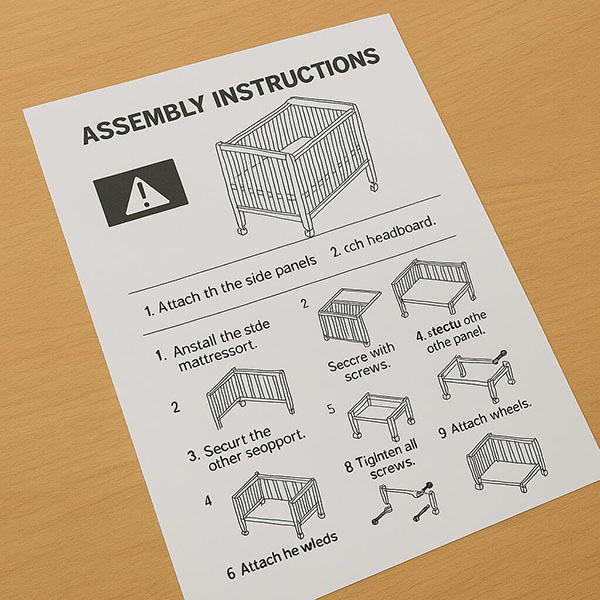Are baby push walkers good for babies?
Many parents think baby push walkers help babies walk sooner—but the truth is more complex. Let’s break down the benefits, concerns, and what developmental experts actually say.
Yes, baby push walkers can support early walking skills—but only when used correctly and with supervision. They don’t teach walking directly but may boost confidence and coordination.
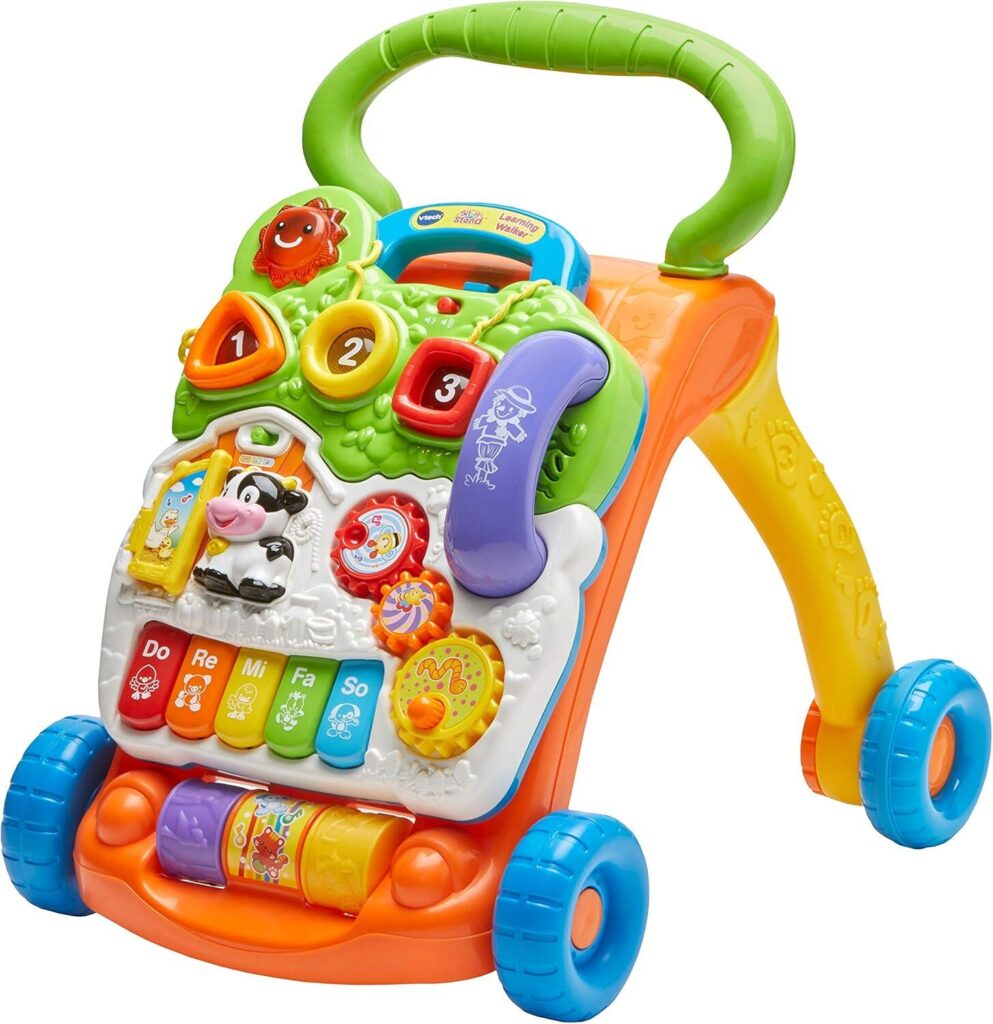
There’s a lot of debate over baby walkers. I used one with my child, so I’ve done deep research, talked to pediatric therapists, and watched real results. Here’s what I learned.
What is a baby push walker?
Most people picture the wrong thing when they hear "baby walker."
A baby push walker is a wheeled device that a baby pushes from behind while walking. It’s different from seated baby walkers.

How push walkers differ from seated walkers
Push walkers let babies stay on their feet while seated walkers keep them off the ground.
| Type | Movement Style | Key Risk |
|---|---|---|
| Push Walker | Push and walk upright | Tipping over if unstable |
| Seated Walker | Sit and roll inside | Falls, toe-walking habits |
Push walkers promote upright posture and natural muscle use. Seated walkers may delay core and leg strength. That’s a huge reason why many therapists discourage seated types altogether.
Why understanding the difference matters
When I first saw a push walker, I thought it was just a toy. But I learned it actually supports some key milestones—if the baby is already pulling up and cruising. Used too early, it can cause more harm than good. So timing matters. Understanding this helped me use it as a tool, not a shortcut.
Do baby push walkers help babies learn to walk?
This is the big question. Every parent wants to help their baby walk faster.
Push walkers don’t teach walking—but they can help build balance, coordination, and confidence in early walkers.
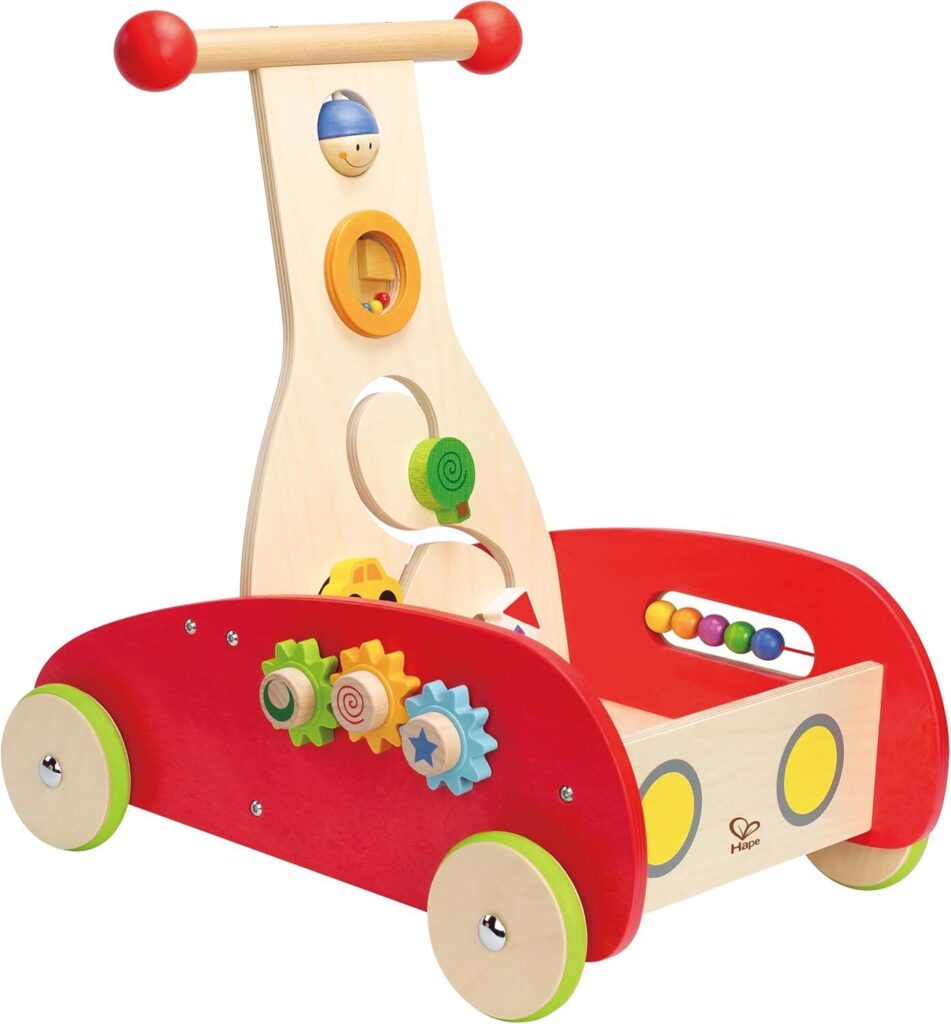
How they support pre-walking skills
When babies push something that moves, they learn cause and effect. They also get practice shifting weight, balancing, and using both sides of their body. That’s great for gross motor development.
But walkers should never replace time on the floor. Crawling, pulling up, and cruising on furniture are the real teachers of walking. A walker just adds fun practice time.
My experience with my child
We introduced a wooden push walker around 11 months, after my child was already cruising confidently. At first, it was bumpy—literally. But after a week, I noticed how he stood taller, pushed slower, and even took a few free steps. It didn’t teach him to walk, but it gave him the courage to try.
Are baby push walkers safe?
It depends on how you use them and what kind you buy.
Push walkers are safer than seated walkers but still need close supervision and a safe setup.
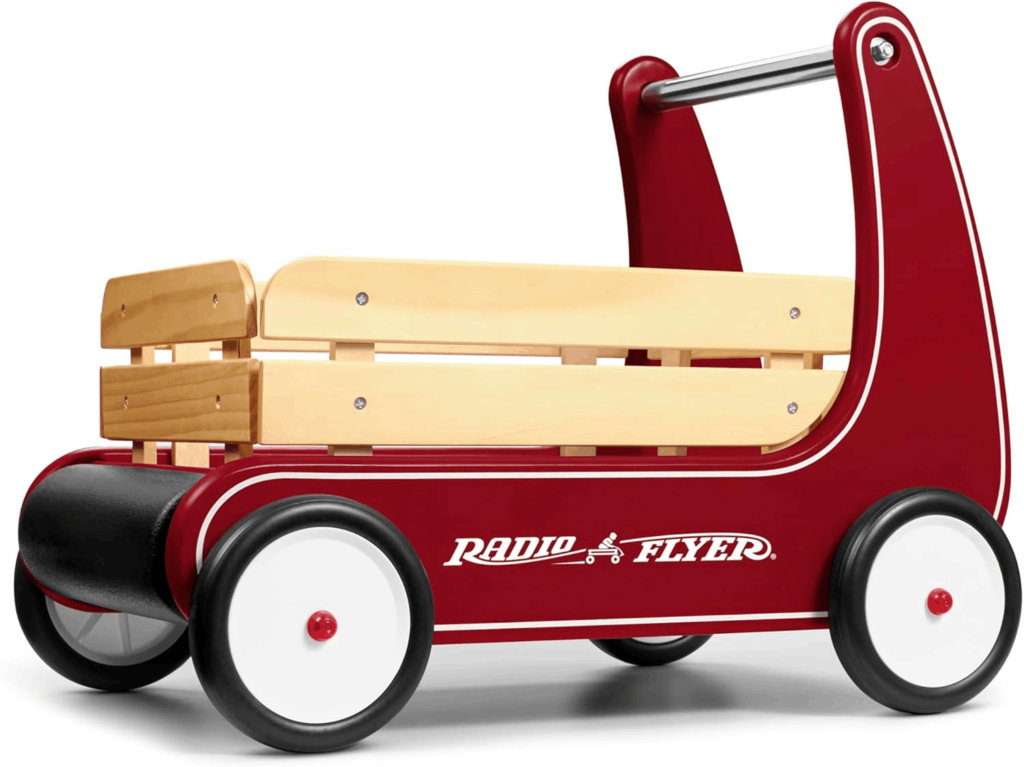
Safety risks and how to avoid them
Push walkers can tip or slide too fast, especially on hardwood or tile. If the baby leans forward or uses it before they’re ready, they can fall.
Look for these safety features:
- Speed control wheels
- Stable, wide base
- No small detachable parts
- Solid weight (wooden walkers tend to be more stable)
Never use on stairs or uneven floors. Always supervise. And don’t let babies rely on it all day—it’s a supplement, not a crutch.
Best practices for safe use
Here’s what worked for us:
- We placed a play mat over hardwood floors.
- We kept the walker in the main room where we were always present.
- We limited use to 15–20 minutes at a time.
- And we avoided using it before cruising began.
Honestly, safety was my top concern. Once we put these limits in place, it felt like a much safer (and fun) activity.
What age should a baby use a push walker?
Too soon can be harmful, but too late and they may ignore it.
Most babies can safely use push walkers between 10 and 15 months—once they can pull up, cruise, and show interest.
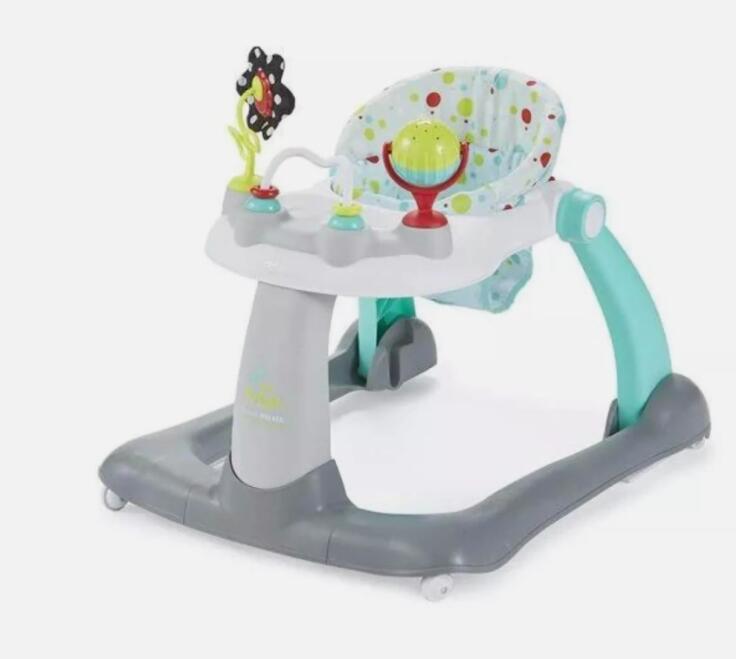
Signs your baby is ready
Instead of using age only, look for readiness cues:
- Pulling up on furniture
- Cruising sideways
- Standing while holding a surface
- Showing interest in walking or pushing objects
If your baby isn’t doing these things, it’s not time yet. Wait until they have core control and curiosity.
What happened when I waited
I almost introduced the walker at 9 months—but my pediatrician warned me to wait. By 11 months, my baby was stronger and more confident. That made all the difference. He used the walker with control, not just momentum. Trusting the signs worked better than going by the calendar.
Are push walkers worth buying?
Some people skip them altogether. Others say it was their best purchase.
Push walkers are worth buying if used as a short-term developmental tool—not a long-term necessity.
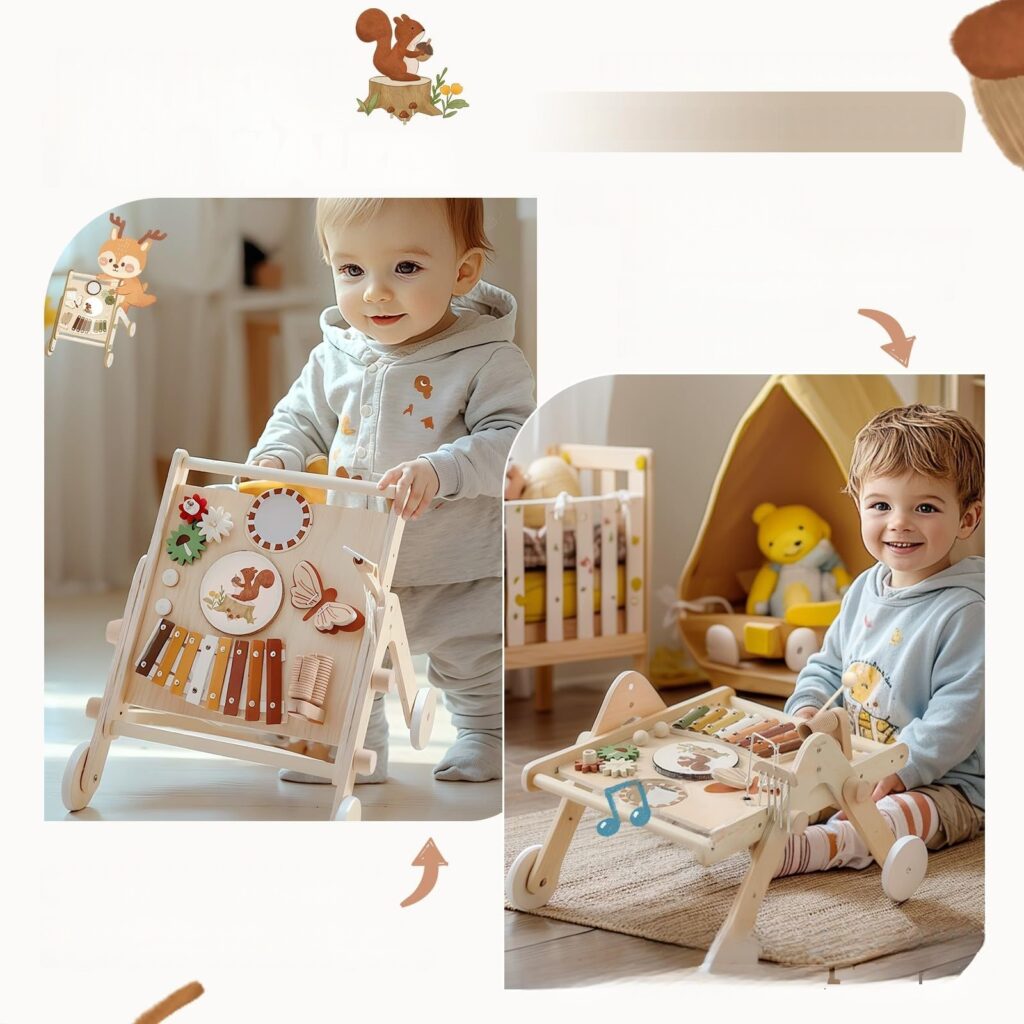
Pros and cons to help decide
| Pros | Cons |
|---|---|
| Encourages balance | Can be misused too early |
| Builds confidence | May roll too fast |
| Keeps baby engaged | Not a must-have item |
I personally found it helpful for about 2–3 months. After that, my baby preferred walking without support. But during that window, it offered great fun and growth.
Conclusion
Used the right way, baby push walkers can be good for babies. But timing, supervision, and expectations matter most.





